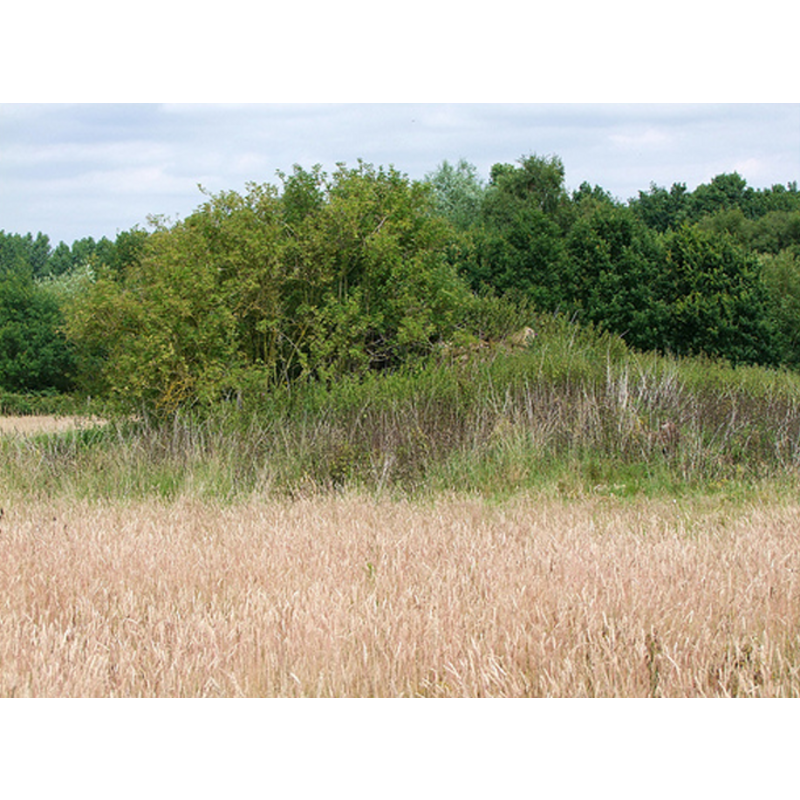Wallington-cum-Thorpland / Wallinghetuna

Image copyright © Simon Knott, 2009
Standing permission
Results: 2 records
view of church exterior
Scene Description: the ruins of St. Margaret's in 2009
Copyright Statement: Image copyright © Simon Knott, 2009
Image Source: digital photograph taken 16 July 2009 by Simon Knott [www.norfolkchurches.co.uk/wallington/wallington.htm] [accessed 30 August 2013]
Copyright Instructions: Standing permission
INFORMATION
FontID: 15233WAL
Object Type: Baptismal Font1?
Church/Chapel: Parish Church of St. Margaret of Antioch [in ruins]
Church Patron Saints: St. Margaret of Antioch [aka Margaret the Virgin, Marina]
Country Name: England
Location: Norfolk, East Anglia
Directions to Site: Located 5 km NNE of Downham. The ruins of the former church are located in the grounds of Wallington Hall, off the Lynn Road/A10
Ecclesiastic Region: Diocese of Norwich
Font Location in Church: [cf. FontNotes]
Century and Period: Medieval
Credit and Acknowledgements: We are grateful to Simon Knott, of Norfolk Churches [www.norfolkchurches.co.uk], for the photograph of the ruins of this church
Font Notes:
Click to view
Blomefield (1805-1810) writes: "W[allington], Called in Domesday Book, Wallinghetuna [...] Hermeras seized on it, being in the Confessor's time the possessions of Turstan, a freeman, who had an hundred acres of land, and 15 acres of meadow, valued at 12s. and was only under protection; here was a church with 26 acres, valued at 16d. [...] The Church of Wallington was dedicated to St. Margaret, and is now in ruins, nothing being standing but the tower, which is owing to its being profaned by Judge Gawdy; that it was standing in 1509, appears from the will of John Hale of Wallington, who bequeaths his body to be buried in the churchyard of St. Margaret." The 'profanation' by Judge Gawdy is explained in Blomefield (ibid.) in a passage of convoluted relationships: "The judge being shortly after made Lord Chief Justice of the Common Pleas, (at a dear rate, as was reported,) was suddenly stricken with an apoplexy, and died without issue male, ere he had continued in his place one whole Michaelmas term, and having made his appropriate parish church a hay-house, or a dog-kennel, his dead corps being brought from London to Wallington, could for many days find no place of burial, but growing very offensive, he was at last conveyed to the church of Rungton, and buried there without any ceremony, and lyeth yet uncovered (if the visitors have not reformed it,) with so small a matter as a few paving stones. And indeed no stone or memorial was there ever for him, and if it was not for this account it would not have been known, that he was there buried." White's Directory of 1845 refers to the "hay-house and dog-kennel" profanation and reports "only part of it now remaining is the tower, surmounted by a small spire." [NB: we have no information on the font from that church]
COORDINATES
UTM: 30U 566465 6112203
REFERENCES
Blomefield, Francis, An essay towards a topographical history of Norfolk, 1805-1810
White, William, History, gazetteer, and directory of Norfolk and the city and County of the city of Norwich [...], Sheffield: Robert Leader, 1845
